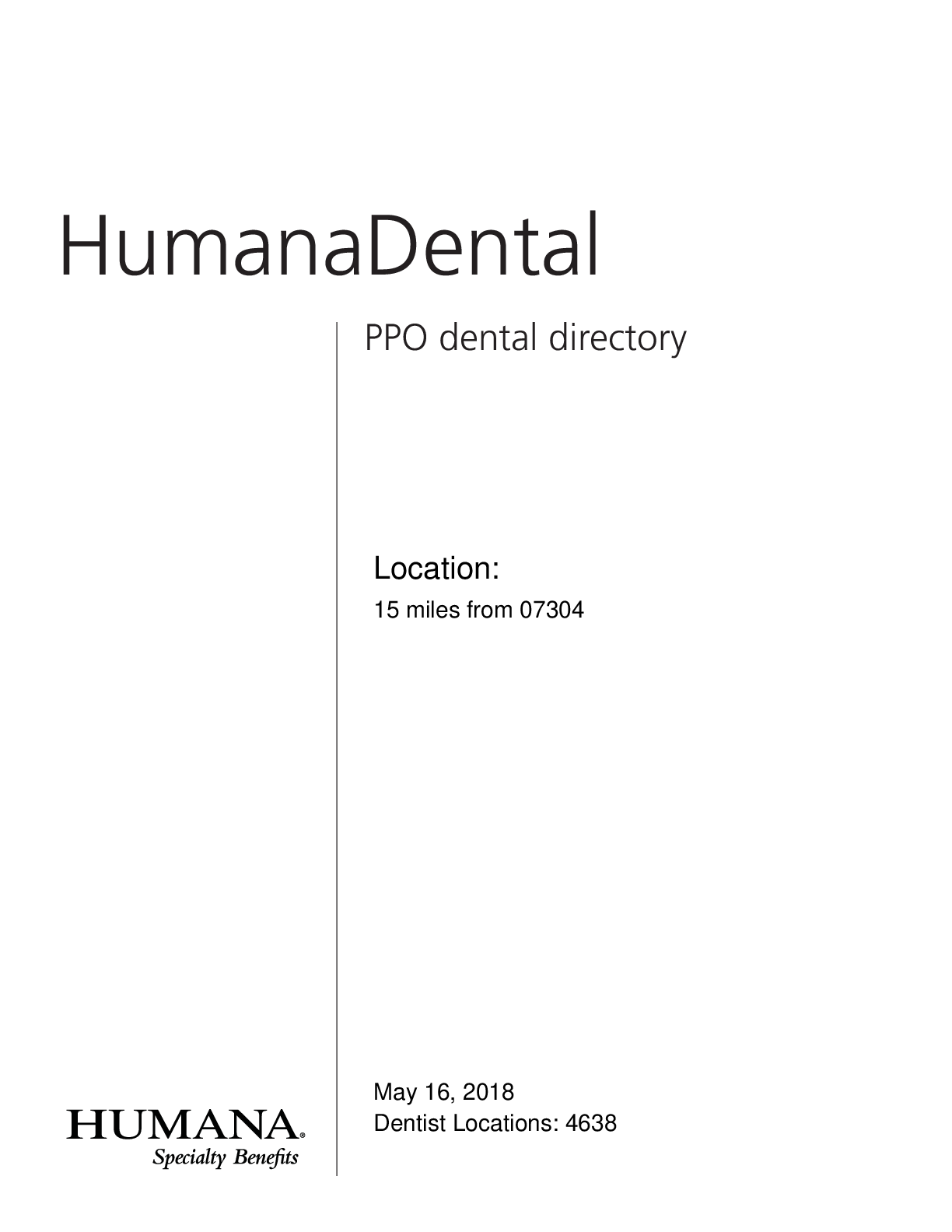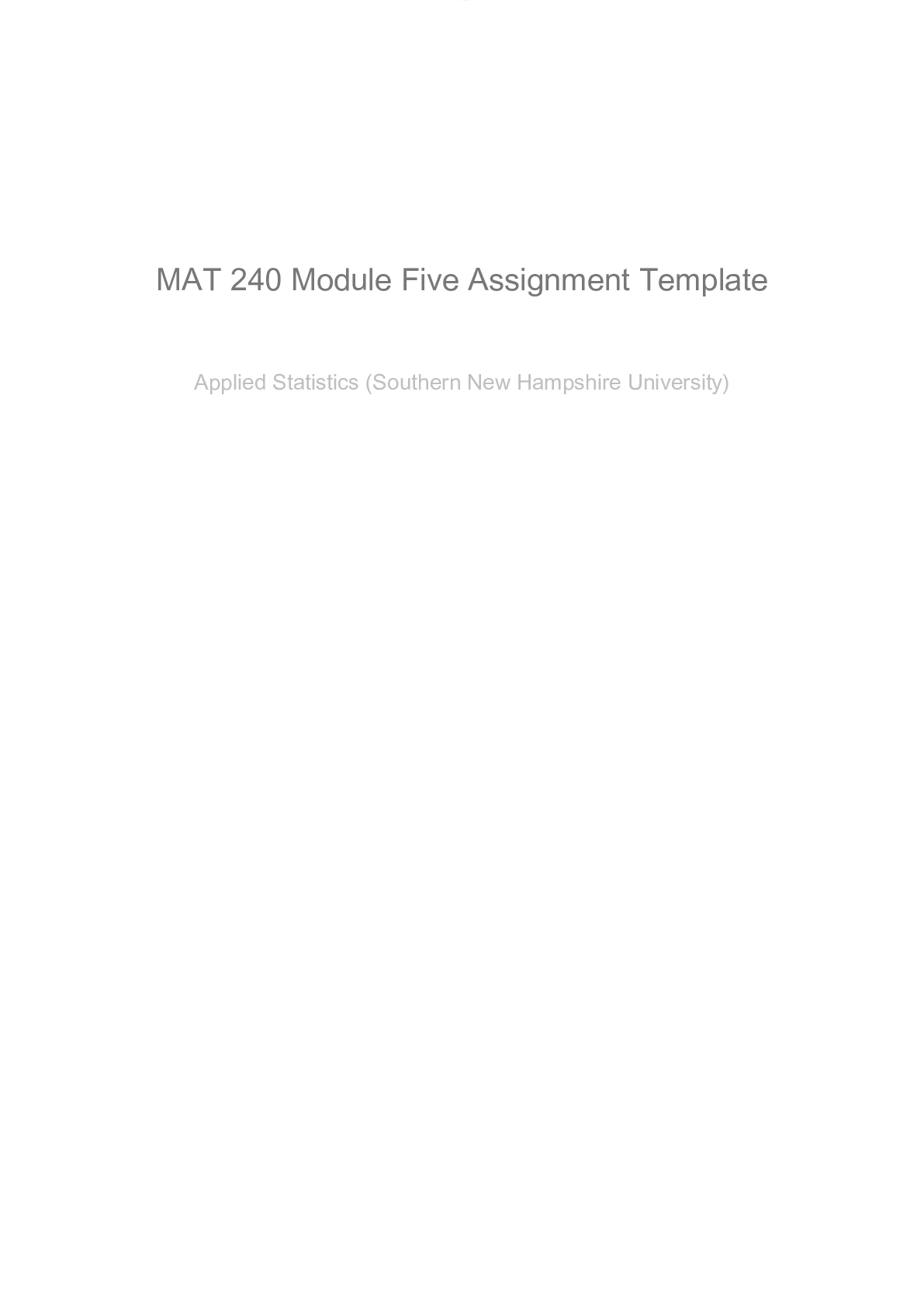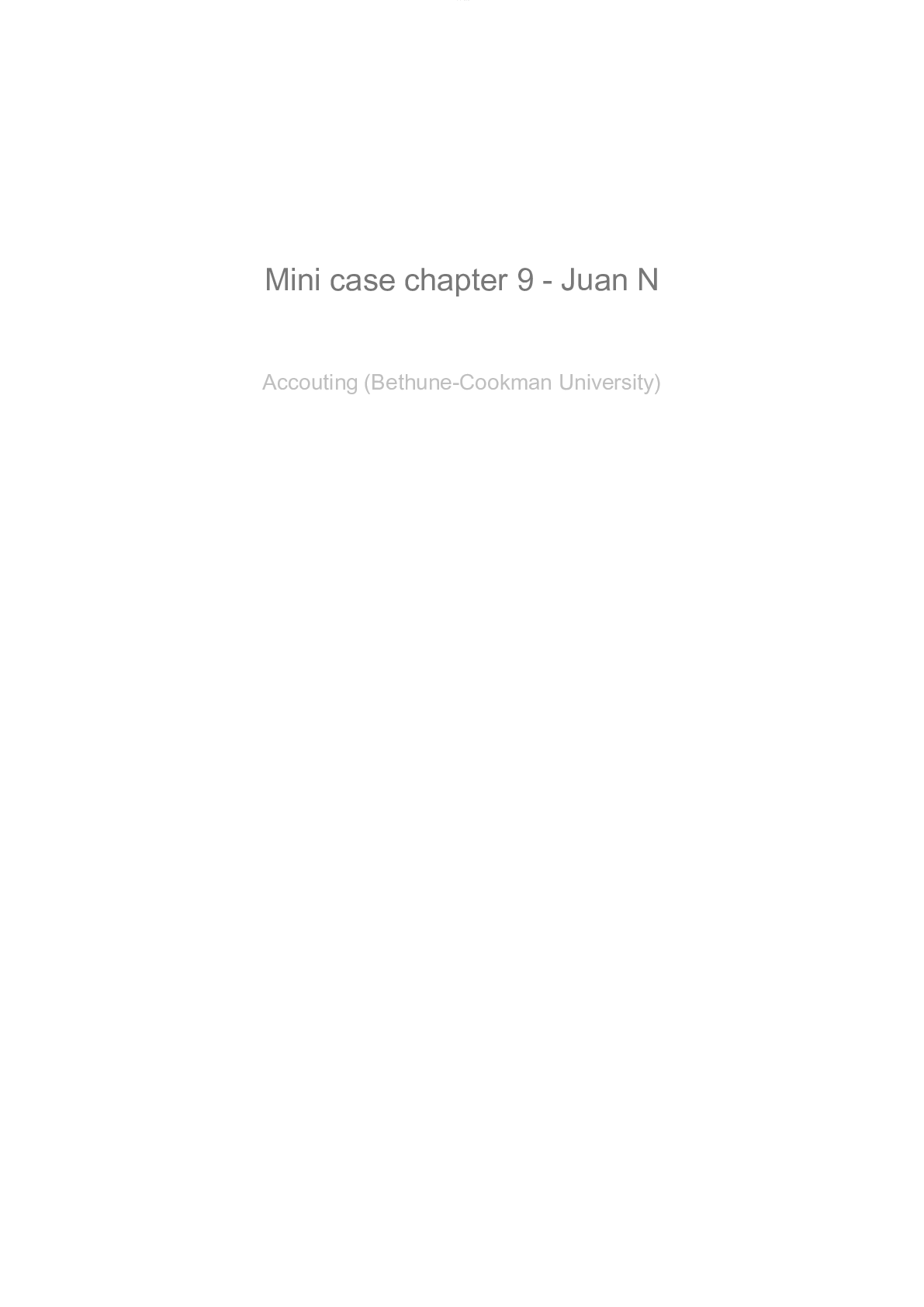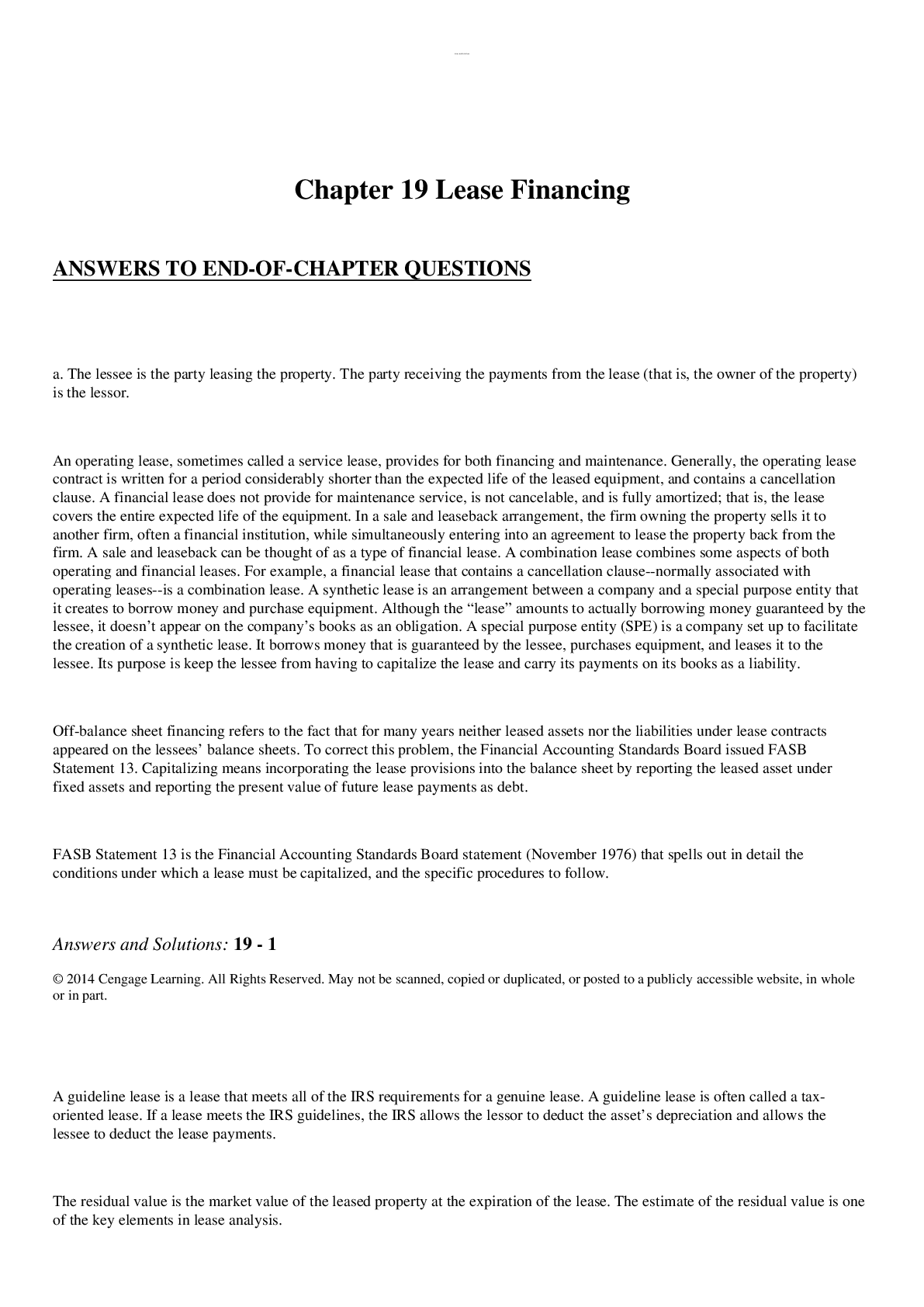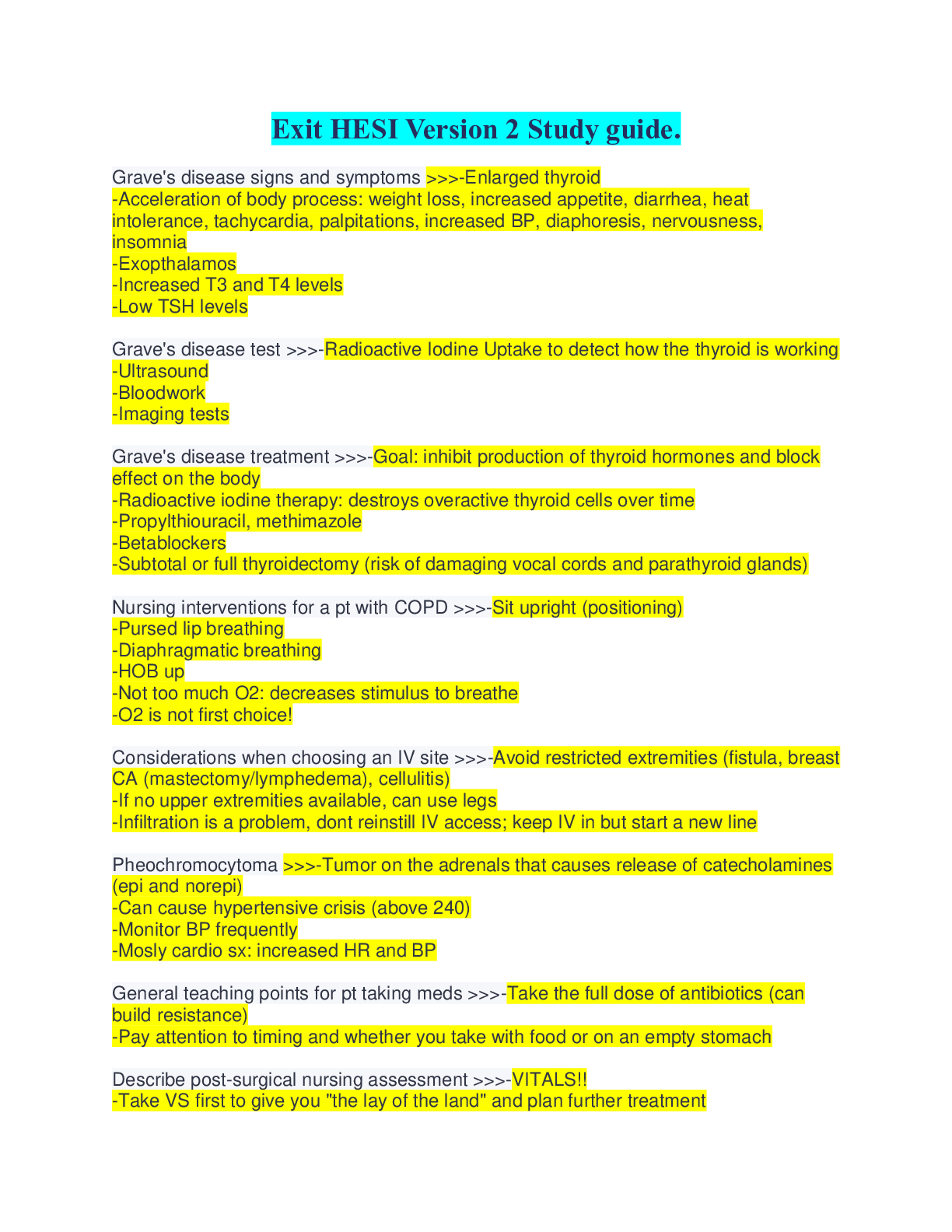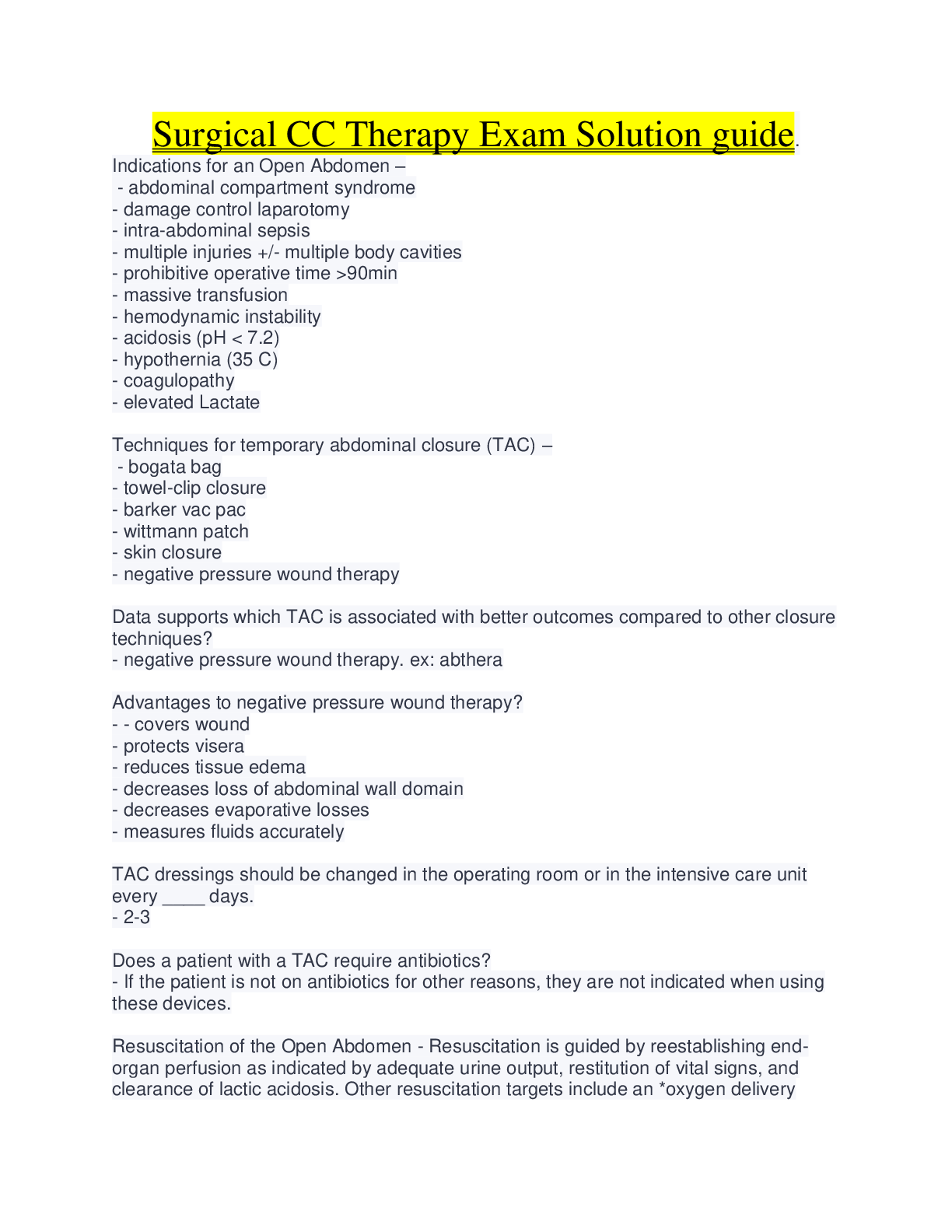Psychology > Solutions Guide > Sherman Yoder Part 3./; Complete solution to score A (All)
Sherman Yoder Part 3./; Complete solution to score A
Document Content and Description Below
Module – Gerontology Worksheets to Prepare for Simulation Cases vSim Scenario (Patient) – Sherman “Red” Yoder Part 3 Part 1: Plan of Care Concept Map (adapted from vSim template) Simulation Pa... tient Overview • Client summary: presentation, medical history and background, physical assessment findings, medications, diagnostics • brief summary of pathophysiology and rationale for clinical manifestations Sherman “Red” Yoder is an 80-year-old farmer and war veteran who was admitted five days ago with sepsis caused by an infected wound on his right great toe. The wound has been treated with oral antibiotics, but he has been nonadherent with the medication. His current medical problems include type 2 diabetes. Mr. Yoder is alert and oriented, and vital signs are stable. Fasting blood glucose this morning is 118 mg/dL. He had his usual night of sleep. He was up several times to go to the bathroom, but he is very slow and weak. Since his catheter was removed yesterday he has urge incontinence. You need to assess his independence in activities of daily living and discuss living arrangements after discharge. He lives alone on a farm located 20 miles outside of town. His son and daughter-in-law, Jon and Judy, live nearby, and they have been helping him. Judy will participate in the discussion about living arrangements. Sherman Yoder was admitted 5 days ago due to an infected wound in his right great toe and is treated with oral antibiotics, but he has been non-compliant with the medication. He is diagnosed with type 2 diabetes. In type 2 diabetes, there is a destruction of the beta cells that results in decreased insulin production, increased glucose production by the liver, and fasting hyperglycemia (Hinkle & Cheever, 2018). In the case of Skyler, he had been diagnosed with hypoglycemia. This was shown as he had a blood sugar of 39 mg/dL. According to Hinkle and Cheever (2018), severe hypoglycemia is when glucose levels are less than 40mg/dL. Furthermore, it can occur when there is too much insulin or oral hypoglycemic agents, too little food, or excessive physical activity. In Skyler’s case, he stated he only ate breakfast in the morning and began to play basketball, causing his hypoglycemia. Hypoglycemia can be further broken down into three type, mild, moderate and severe. With Skyler, he had been going through severe hypoglycemia where the CNS function is so impaired that the patient needs the assistance of another person (the nurse) for treatment of hypoglycemia and can be manifested by disoriented behaviour, seizures, difficulty arousing from sleep, or loss of consciousness (Hinkle & Cheever, 2018). Complications that contribute to the increased risk of foot problems and infections include the following: • Neuropathy: Sensory neuropathy leads to loss of pain and pressure sensation, and autonomic neuropathy leads to increased dryness and fissuring of the skin (secondary to decreases sweating). Motor neuropathy results in muscular atrophy, which may lead to changes in the shape of the foot • Peripheral vascular disease: Poor circulation of the lower extremities contributes to poor wound healing and the development of gangrene • Immunocompromised: Hyperglycemia impairs the ability of specialized leukocytes to destroy bacteria. Therefore, in poorly controlled diabetes, there is a lowered resistance to certain infections This study source was downloaded by from CourseH on 08-01-2021 16:02:47 GMT -05:00 The typical sequence of events in the development of a diabetic foot ulcer begins with a soft tissue injury of the foot, formation of a fissure between the toes or in an area of dry skin, or formation of a callus (Hinkle & Cheever, 2018). Patients with an insensitive foot do not feel injuries, which may be thermal (e.g., from using heating pads, walking barefoot on hot concrete, testing bathwater with the foot), chemical (e.g., burning the foot while using caustic agents on calluses, corns, or bunions), or traumatic (e.g., injuring skin while cutting nails, walking with an undetected foreign object in the shoe, or wearing ill-fitting shoes and socks) (Hinkle & Cheever, 2018). Assessment Anticipated Physical Assessment Findings • additional focused assessment • relevant cues (S&S) • cues indicating need for immediate concern and rationale Anticipated Diagnostic Tests • relevant cues (abnormal findings) • additional tests to consider Focused Assessment • Integ: Head to toe skin assessment, Wound assessment • General: obesity, emaciation, contractures, weakness, altered sensation • Symptoms: incontinence of urine, inability to turn, decreased fluid, calorie and protein intake Cues for indicating concern: Signs of infection present. (Hinkle & Cheever, 2018) • Lawton Instrumental Activities of Daily Living (IADL) Scale • Katz Index of Independence in Activities of Daily Living (ADL) • Transitional Care Model (TCM): Hospital Discharge Screening Criteria for High Risk Older Adults • Blood Glucose Test Plan Anticipated Care Priorities Anticipated Nursing Interventions • Deficient knowledge related to diabetic foot ulcer, diabetes self-care, and diabetic diet (Ackley, Ladwig, & Makic, 2017) • Patient education related to changes in lifestyle related to diagnosis of diabetes and wound care • Patient education related to medication administration Part 1: Medication Worksheet (one per medication) (adapted from vSim template) Medication Classification Insulin, Regular Antidiabetics, Hormones Dose - PO, IV, IM.SC or most common route Route: SC Ketoacidosis—Regular (100 units/mL) Insulin Only IV (Adults): 0.1 unit/kg/hr as a continuous infusion. IV (Children): Loading dose-0.1 unit/kg, then maintenance continuous infusion 0.05–0.2 unit/kg/hr, titrate to optimal rate of decrease of serum glucose of 80–100 mg/dL/hr. Maintenance Therapy Subcut (Adults and Children): 0.5–1 unit/kg/day in divided doses. Adolescents during rapid growth—0.8– 1.2 unit/kg/day in divided doses. Treatment of Hyperkalemia Subcut, IV (Adults and Children): dextrose 0.5–1g/kg combined with insulin 1 unit for every 4–5 g dextrose given. (Vallerand & Sanoski, 2015) Purpose/Main Drug Actions Indication: Control of hyperglycemia in patients with diabetes mellitus. Concentrated regular insulin U-500: Only for use in patients with insulin requirements >200units/day. Unlabeled Use: Treatment of hyperkalemia. Action: Lowers blood glucose by: stimulating glucose uptake in skeletal muscle and fat, inhibiting hepatic glucose production. Other actions of insulin: inhibition of lipolysis and proteolysis, enhanced protein synthesis. Therapeutic Effects: Control of hyperglycemia in diabetic patients. (Vallerand & Sanoski, 2015) Nursing Considerations/Actions Warnings, Side Effects or Potential Complications • Assess patient periodically for symptoms of hypoglycemia (anxiety; restlessness; tingling in hands, feet, lips, or tongue; chills; cold sweats; confusion; cool, pale skin; difficulty in concentration; drowsiness; nightmares or trouble sleeping; excessive hunger; headache; irritability; nausea; nervousness; tachycardia; tremor; weakness; unsteady gait) and hyperglycemia (confusion, drowsiness; flushed, dry skin; fruit-like breath odor; rapid, deep breathing, polyuria; loss of appetite; unusual thirst) during therapy (Vallerand & Sanoski, 2015) ISBAR Worksheet (adapted from vSim) ISBAR Student Notes Introduction • Your name, position (Nursing student), unit you are working on • What is the purpose of this communication? Hello, my name is Allen and I am a nursing student on the floor today. I am going to be giving you report on Sherman “Red” Yoder. Situation • What is happening at the moment? • Patient’s name, age, specific reason for visit/admission Sherman Yoder is an 80-year-old male that was admitted for a wound infection on his right great toe and is ready for discharge today. Background • What are the issues that led up to this situation? • Patient’s primary diagnosis, date of admission, current orders The patient is not complying with medications and is diabetic. Current orders are as follows: call home health agency, perform patient assessment tools and the ability to handle his own medications. Assessment • What do you believe the problem is? • Current pertinent assessment data using head to toe or focused assessment approach, Patient’s vitals are stable. The focus is on the assessment of the functional status of the patient for his discharge. Nurse will use the Katz Index of ADL tool, IADL, and TCM assessment tool. • Pertinent diagnostics • Vital signs Recommendation • What should be done to correct this situation? • Any orders or recommendations you have for this patient Perform all the necessary assessments and education prior to discharging the patient. Call home health agency. Opening Questions How did the simulated experience of Red Yoder's case make you feel? This simulation was very straight forward, however, I have not heard of or used the assessment tools listed in the simulation, so that was new to me. What nursing actions did you feel were appropriate within this scenario? Patient education and using assessment tools were the most appropriate actions for this scenario. Scenario Analysis Questions* PCC/I What information should be included in the hand-off communication to the home health nurse about Red Yoder and his family for a successful transition from acute care to the home environment? See SBAR above. S/QI For the following Safety/Quality Improvement measures, what nursing actions should be taken during Red Yoder's case? Safety/Quality Improvement Measures Nursing Actions Medication administration Perform assessment to assess patient’s ability to handle his own medications Coordination of care transition to home environment Assess patient’s readiness for discharge Home safety Perform morse fall assessment to see if patient is at high risk for falls PCC/I What appropriate assessments were made to help you decide what interventions Red Yoder needed for transitioning home? Assessing the patient’s readiness for discharge helped decide what interventions were needed for Red. Concluding Questions Reflecting on Red Yoder's case, were there any actions you would do differently? If so, what were these actions, and why would you do them differently? I would not do anything differently. How would you apply the knowledge and skills that you obtained in Red Yoder's case to an actual patient care situation? In an actual patient care situation, I now have the knowledge on the assessment tools used in the simulation. References Ackley, B. J., Ladwig, G. B., & Makic, M. B. F. (2017). Nursing diagnosis handbook: An evidence-based guide to planning care (11th ed.). St. Louis, MO: Elsevier. Hinkle, J.L. & Cheever, K.H. (2018). Brunner & Suddarth's Textbook of Medical-Surgical Nursing (14th ed.). Philadelphia: Wolters Kluwer. Vallerand, A., & Sanoski, C. (2015). Davis’s Drug Guide for Nurses. (14th ed.). Philadelphia, PA: F. A. Davis Company. [Show More]
Last updated: 1 year ago
Preview 1 out of 5 pages
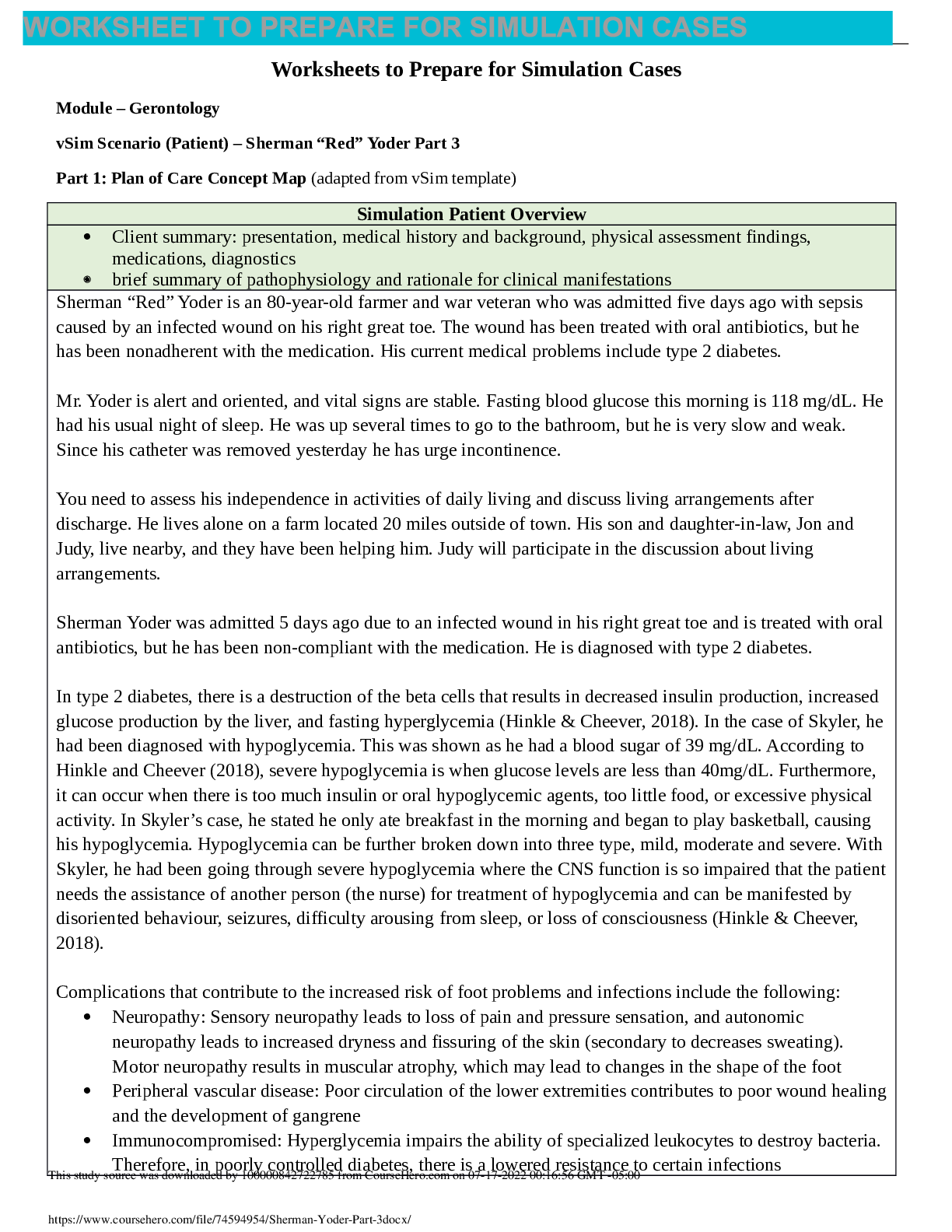
Reviews( 0 )
Document information
Connected school, study & course
About the document
Uploaded On
Jul 17, 2022
Number of pages
5
Written in
Additional information
This document has been written for:
Uploaded
Jul 17, 2022
Downloads
0
Views
152


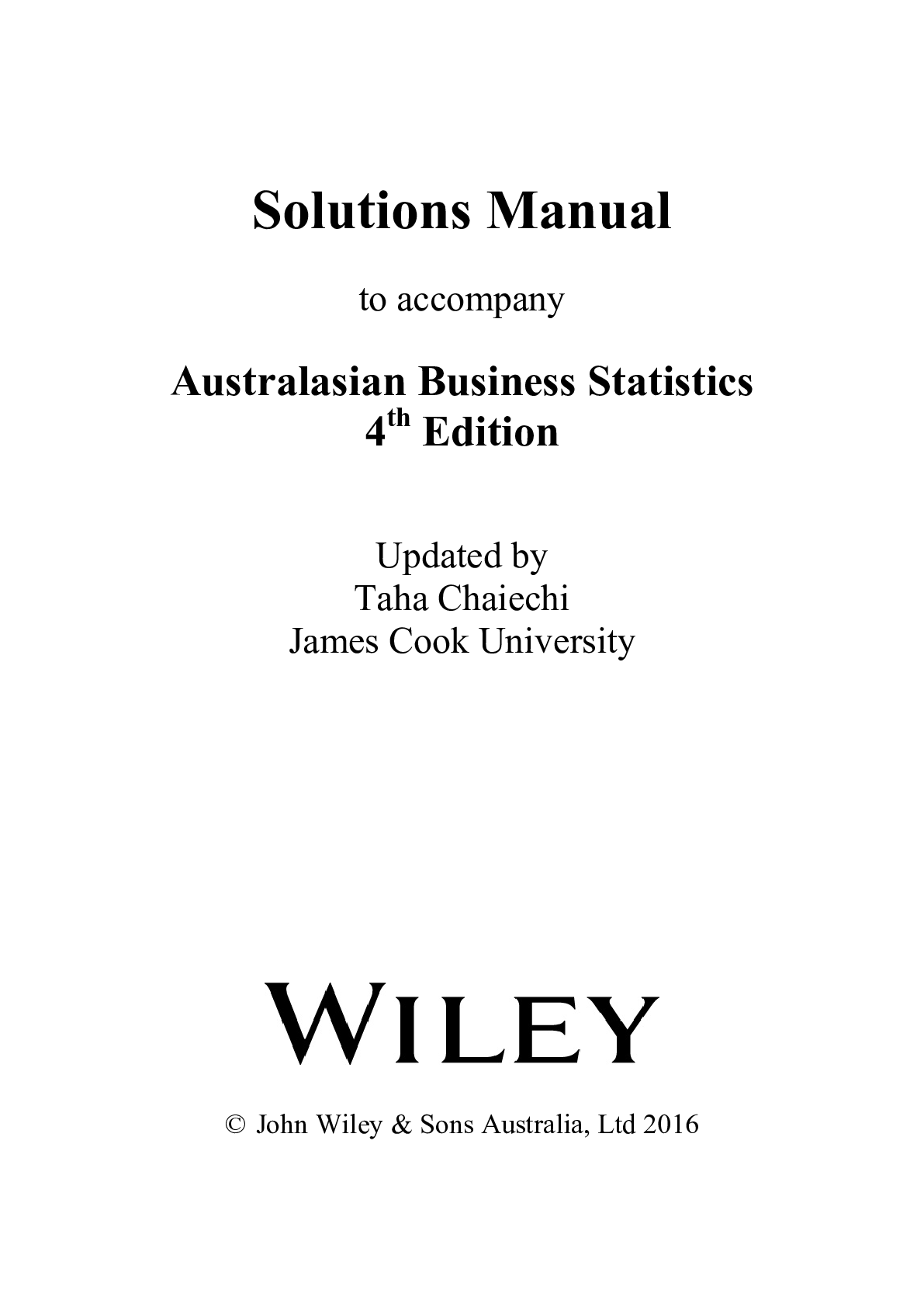

.png)
